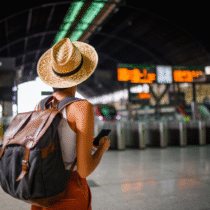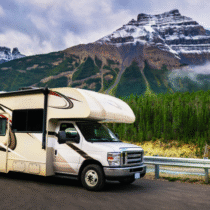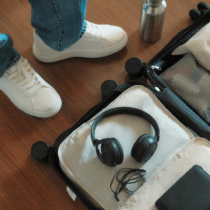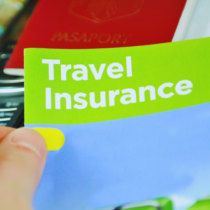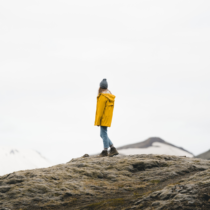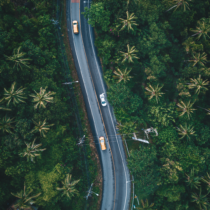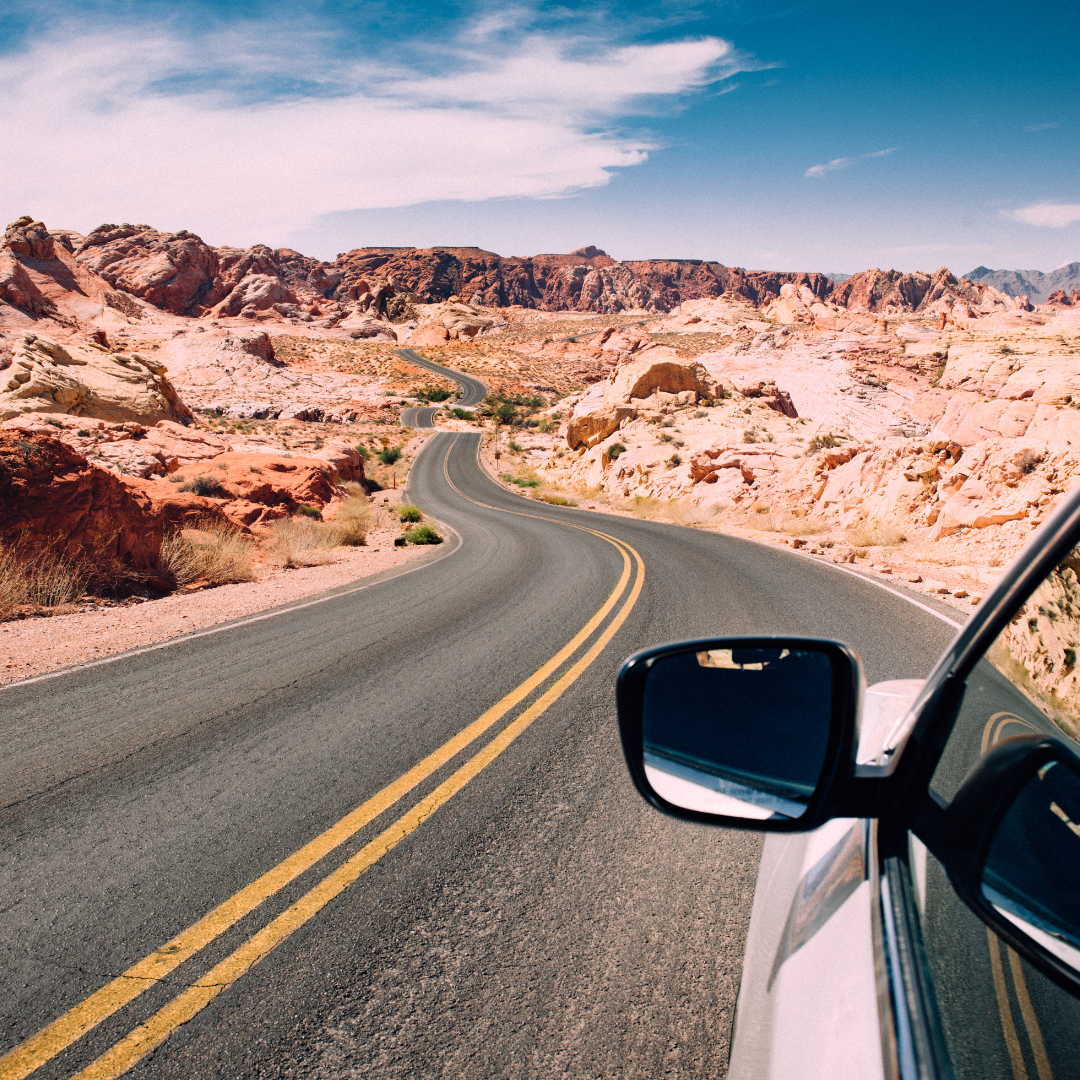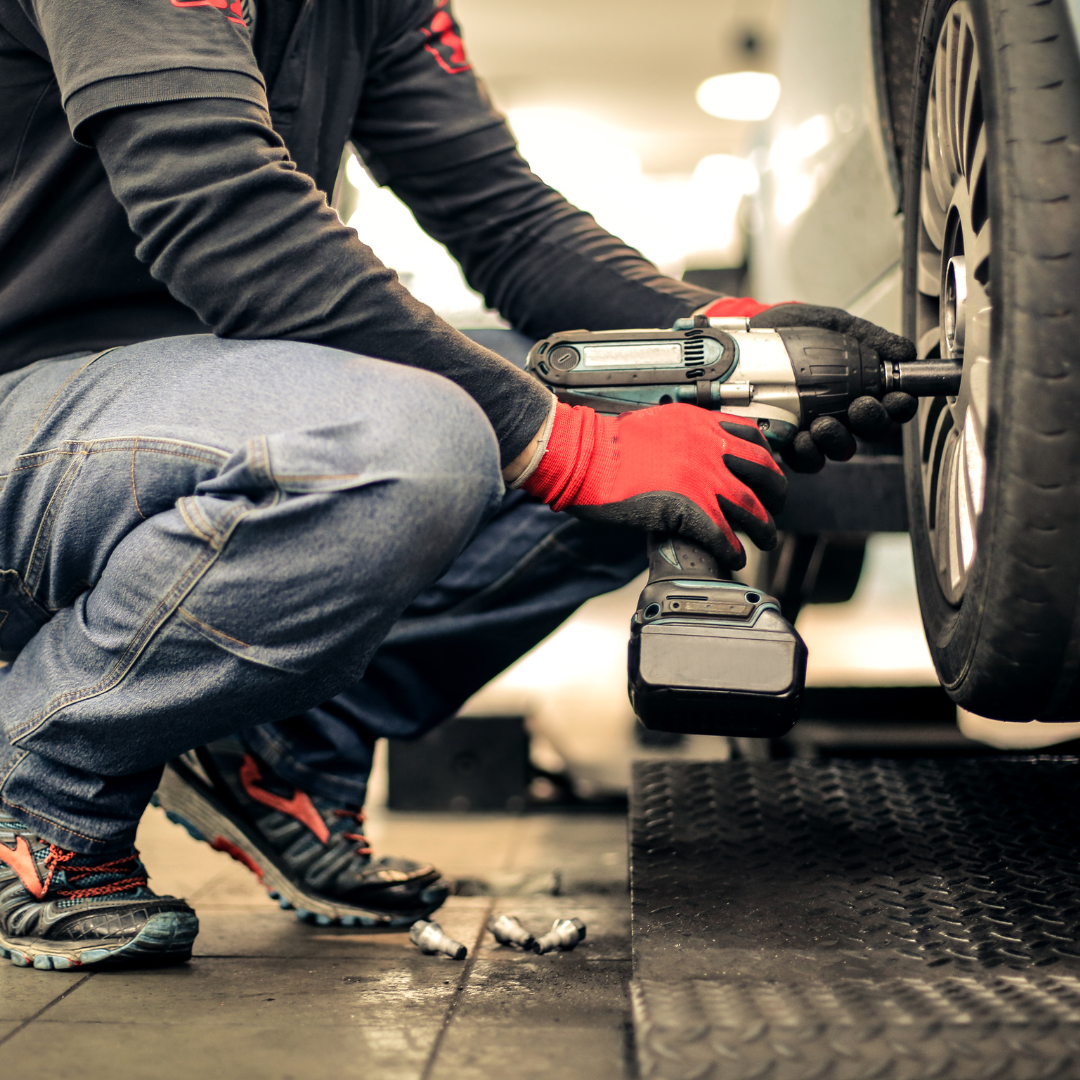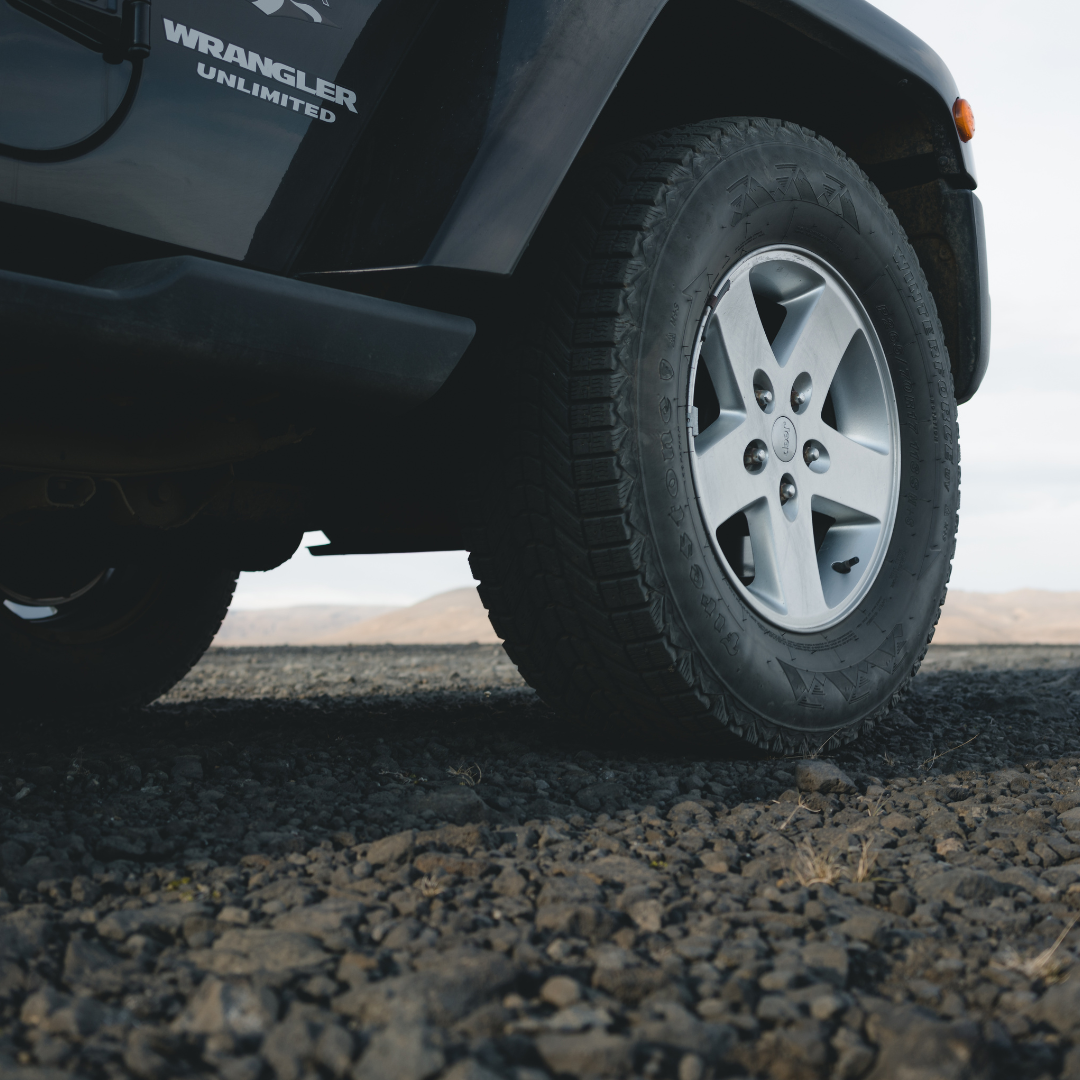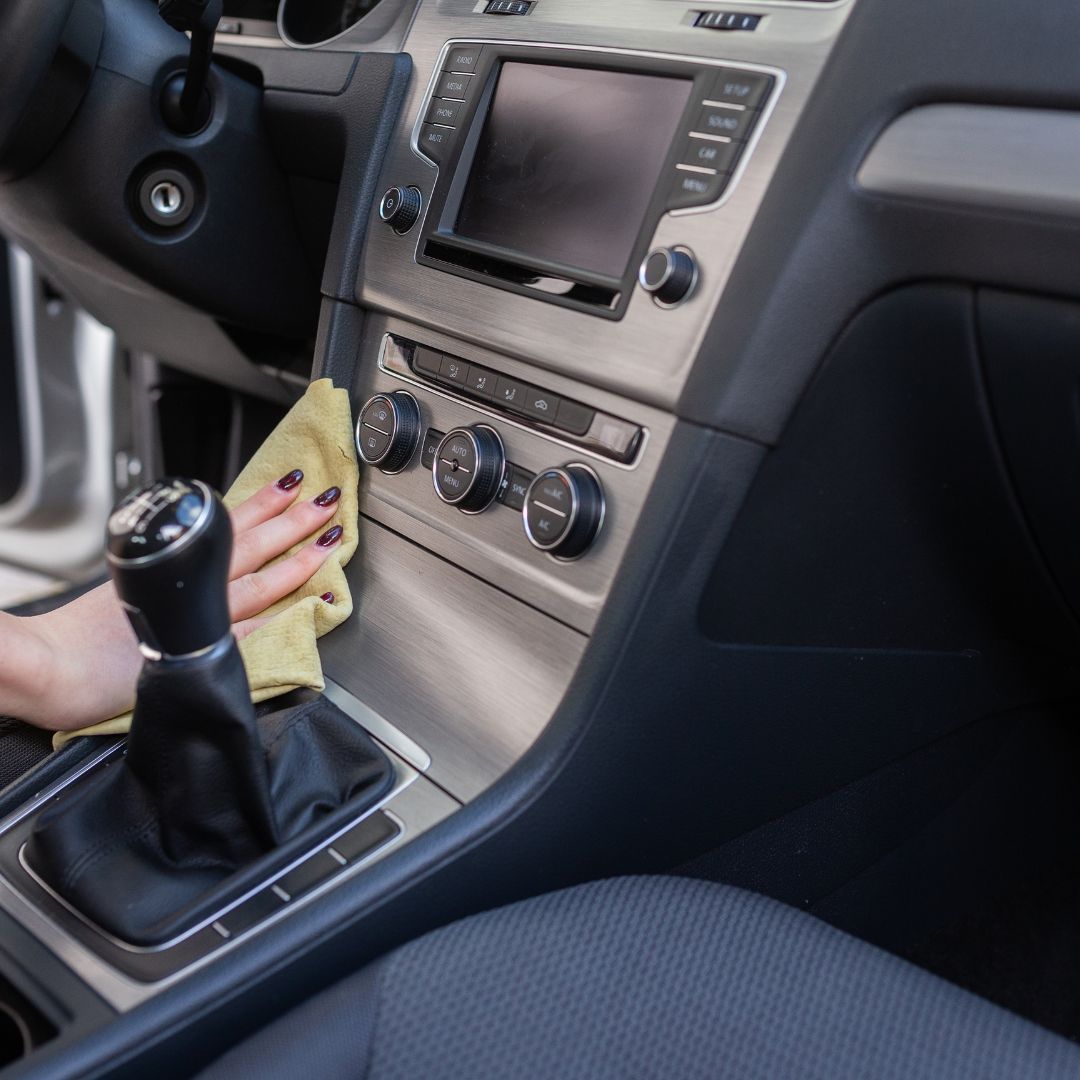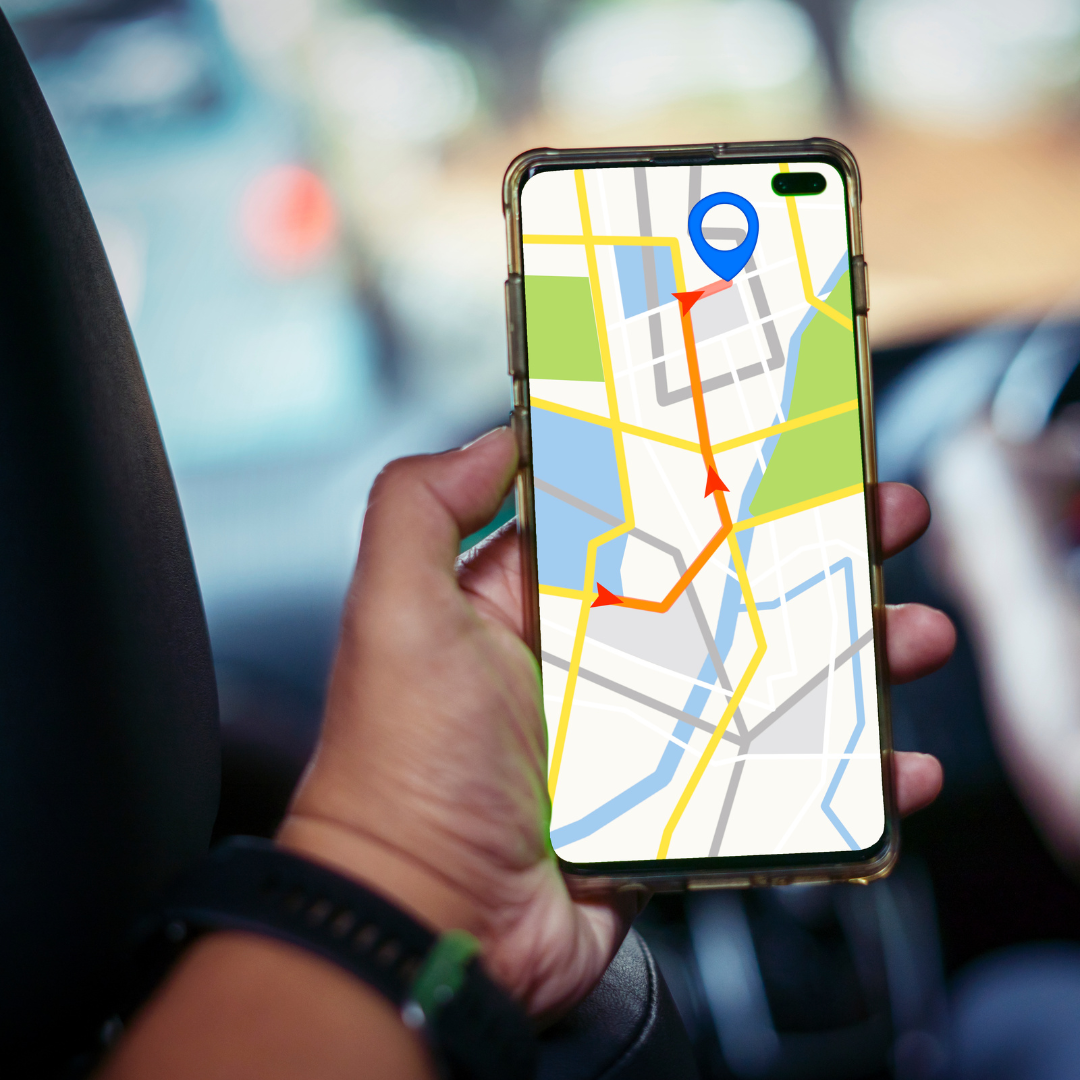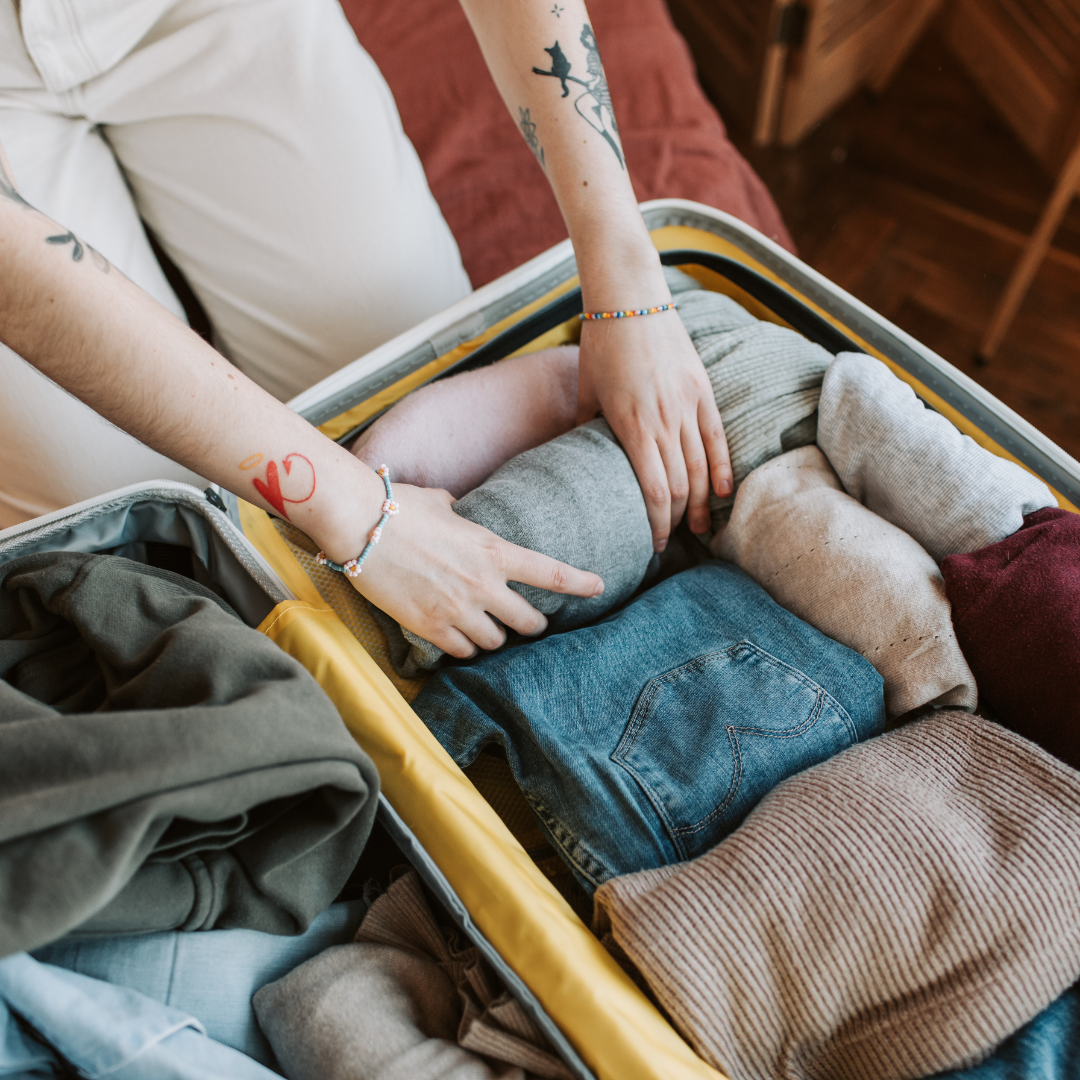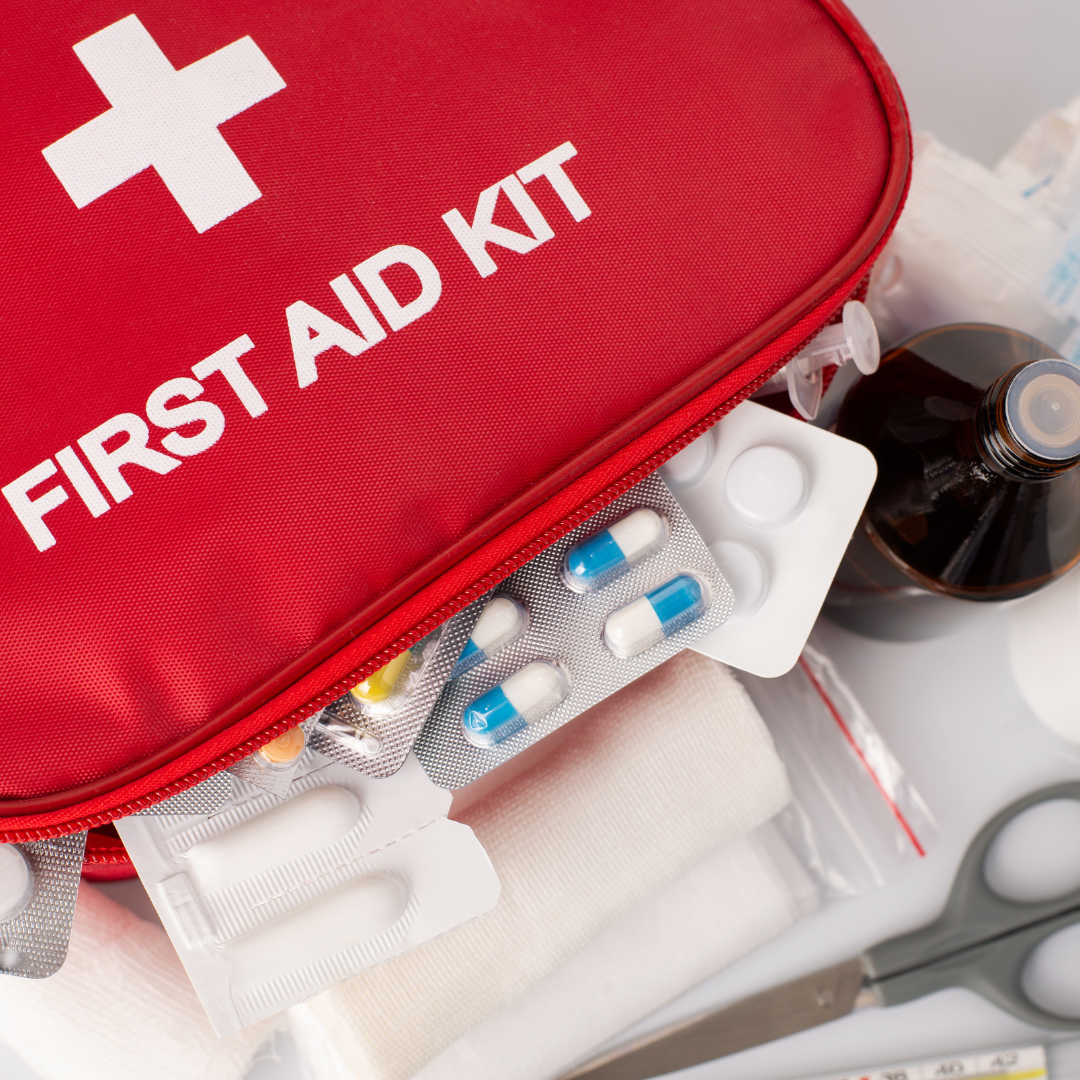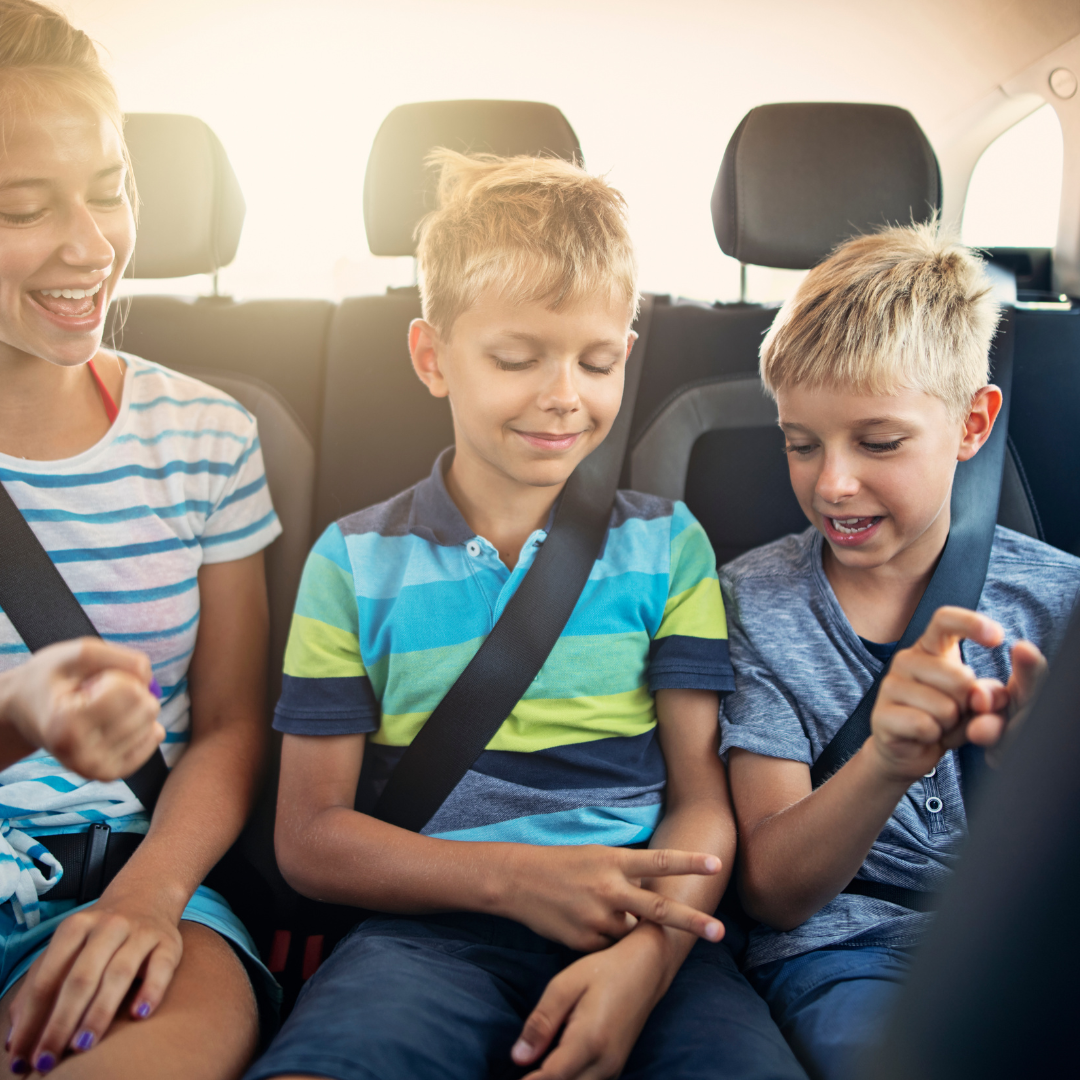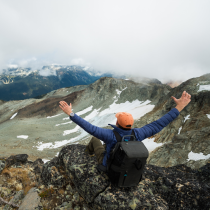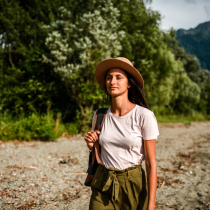Navigating a new city as a solo traveler can be both exhilarating and daunting. Many have found that creating a simple plan and utilizing technology effectively allows them to explore unfamiliar places confidently. From mapping out key destinations to downloading helpful travel apps, there are practical strategies to enhance the experience.
Solo travelers often seek ways to immerse themselves in local culture while ensuring their safety. They can benefit from understanding public transportation options and familiarizing themselves with the layout of the city, which can reduce anxiety when exploring. Emphasizing the importance of staying aware of surroundings also contributes to a more enjoyable adventure.
With the right tools and mindset, anyone can tackle the challenges of a new city alone. Engaging with locals and connecting with other travelers fosters a sense of community, making the journey feel less isolating. A solo trip can prove to be a rewarding opportunity for personal growth and self-discovery.
Essential Preparation for Navigating a New City
Preparation is key for successful solo travel. By conducting thorough research, planning routes, and selecting appropriate accommodation, travelers can enhance their experience and discover hidden gems.
Researching The City
Before setting foot in a new city, it is vital to gather information. Travel blogs and online resources can provide insights into local culture, must-see attractions, and off-the-beaten-path locations.
Key items to research include:
- Local customs: Understanding etiquette can enhance interactions.
- Popular neighborhoods: Identify areas that align with personal interests.
- Transportation options: Familiarity with public transit or walking routes is beneficial.
Using tools like Google Maps helps in visualizing paths and important landmarks.
Planning Your Route and Itinerary
Creating a flexible route allows for both exploration and structure. A balanced itinerary should include major sights while leaving room for spontaneity.
Helpful planning tips include:
- Prioritize activities and allocate time based on interest.
- Consider the proximity of attractions to minimize travel time.
- Incorporate downtime to rest and absorb the surroundings.
Also, having a sense of direction is essential. He or she should practice navigating the area using maps or landmarks on the first day.
Booking Accommodation That Supports Exploration
Accommodation choice significantly impacts the solo travel experience. Selecting a location that facilitates easy exploration can make a difference.
Factors to consider:
- Proximity to public transport: Accessibility to buses or metro systems simplifies travel.
- Local dining options: Being near eateries can make exploring neighborhoods easier.
- Social atmosphere: Choosing hostels or guesthouses encourages interaction with fellow travelers.
Finding the right place to stay can enhance self-exploration and lead to memorable experiences during the trip.
Using Transportation Efficiently and Safely
Navigating a new city requires a solid grasp of transportation options. Utilizing public transport and local modes effectively can enhance the travel experience while ensuring safety.
Mastering Public Transportation
Understanding how to use public transportation is essential for solo travelers. Familiarity with local transit systems can save time and money.
Key Tips:
- Research options: Before arriving, explore available public transit options such as buses, trains, and trams. Local websites or apps often provide schedules and maps.
- Purchase passes: Many cities offer daily or weekly transport passes. A prepaid card can cut down costs.
- Stay alert: While on public transport, it’s crucial to be aware of your surroundings. Keeping personal belongings secure can help prevent theft.
- Ask for help: If confused, travelers should not hesitate to ask locals for directions. Most people are willing to assist.
Exploring on Foot and By Local Modes
Walking can be one of the best ways to discover a city. Many urban areas are designed for pedestrians, offering unique experiences.
Local Modes:
- Walking tours: Consider joining guided or self-guided walking tours to explore key attractions while learning local history.
- Bike rentals: Some cities provide bike-sharing programs. This allows for an enjoyable and flexible way to cover larger distances.
- Blend in: To stay safe, travelers should dress like locals and avoid looking overly touristy. This can help in understanding local culture better.
- Internet connection: Having access to mobile data can assist in navigation, making it easier to find transportation routes.
By mastering both public transport and local options, solo travelers can navigate new cities more efficiently and confidently.
Embracing Local Culture and Staying Safe
Navigating new cities as a solo traveler involves immersing oneself in local culture while prioritizing safety. Understanding cultural norms and selecting key attractions enhances the experience. Staying vigilant ensures a secure and enjoyable journey.
Understanding Cultural Norms and Etiquette
Cultural norms vary widely between locations. Observing local customs helps foster goodwill and connection. Before engaging with locals, travelers can research customs such as greetings, dining etiquette, and dress codes.
For instance, in some cultures, direct eye contact is a sign of confidence, whereas in others, it may be perceived as a challenge. Learning a few basic phrases in the local language can also create a positive impression.
In many cities, attending local workshops or guided tours about cultural practices opens avenues for deeper understanding. Participating in such activities allows travelers to appreciate the richness of local traditions.
Visiting Key Attractions and Events
Exploring museums, galleries, and live music venues offers insights into a city’s culture. Each attraction presents unique stories and artistic expressions that reflect local life. Travelers are encouraged to check event calendars for festivals or community gatherings. Engaging in these events not only enhances the cultural experience but also provides opportunities for social interaction with locals.
When visiting popular spots, it’s wise to book tickets in advance to avoid long queues. Being knowledgeable about significant museums or theatres gives travelers a structured itinerary and helps them connect with the heartbeat of the city.
Prioritizing Safety as a Solo Traveler
Safety should be a solo traveler’s top priority. Common safety tips include staying aware of surroundings and trusting instincts. If something feels off, it’s better to change plans or leave the area. Keeping personal belongings secure is crucial. Using a crossbody bag can deter pickpockets in crowded areas. Sharing travel details with a trusted friend or family member can provide an additional safety net.
Situational awareness extends to navigating public transportation. Familiarizing oneself with local transit systems in advance reduces stress and enhances safety. Being cautious in nightlife settings is essential; opting for well-reviewed venues can minimize risks.

